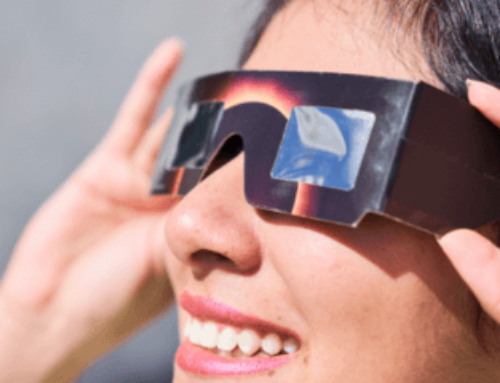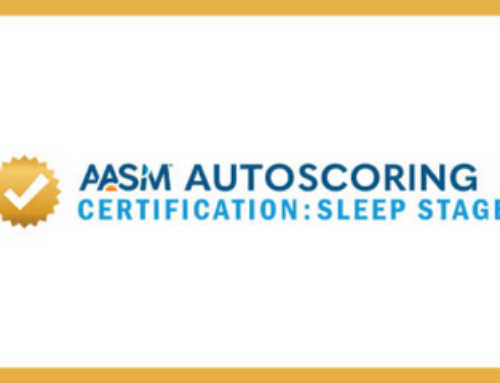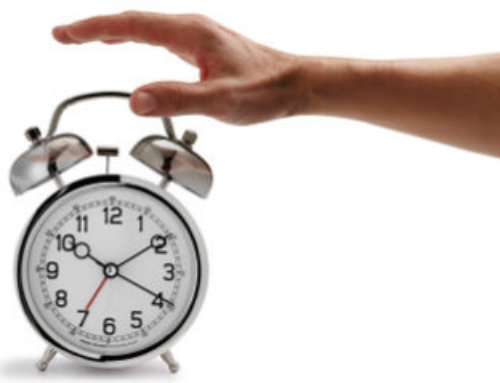EMBARGOED FOR RELEASE: 3 p.m. EST, February 28, 2013
CONTACT: media@aasm.org
DARIEN, IL – A new study found that adult sleepwalking is a potentially serious condition that may induce violent behaviors and affect health-related quality of life.
“We found a higher frequency of daytime sleepiness, fatigue, insomnia, depressive and anxiety symptoms and altered quality of life in patients with sleepwalking compared to the control group,” said Yves Dauvilliers, MD, PhD, the study’s principal investigator and lead author. Dr. Dauvilliers is professor of physiology and neurology and director of the sleep lab at Gui-de-Chauliac Hospital in Montpellier, France. “What would usually be considered a benign condition, adult sleepwalking is a potentially serious condition and the consequences and dangers of sleepwalking episodes should not be ignored.”
Results show that 22.8 percent of sleepwalkers presented with nightly episodes and 43.5 percent presented with weekly episodes. Additionally, a positive history of violent sleep related behaviors was found in 58 percent, including 17 percent who experienced at least one episode involving injuries to the sleepwalker or bed partner that required medical care. Reported injuries included bruises, nose bleeds and fractures, and one participant had sustained multiple fractures and serious head trauma after jumping out of a third-floor window.
Sleepwalking is a common parasomnia affecting up to four percent of adults. It involves complex behaviors that occur during arousals from non-rapid eye movement (NREM) sleep. During an episode of sleepwalking the brain is partially awake, resulting in complex behaviors, and partially in NREM sleep with no conscious awareness of actions.
According to the authors, this is the largest prospective cohort study on adult sleepwalkers seen in a clinic, using face-to-face clinical interviews, standardized questionnaires, and objective assessment by polysomnography to investigate the clinical characteristics, consequences and comorbidities of sleepwalking.
The study, appearing in the March issue of the journal SLEEP, involved a prospective case-control study of 100 adult patients in whom primary sleepwalking was diagnosed from June 2007 to January 2011. Exclusion criteria included a positive clinical history of REM sleep behavior disorder (RBD), a similar parasomnia that involves violent dream-related behaviors emerging during REM sleep. The age of the sleepwalkers ranged from 18 to 58 years with a median age of 30. Results were compared with 100 healthy control subjects.
Sleepwalking triggers that increased both the frequency and severity of episodes were reported in 59 percent, related mainly to stressful events, strong positive emotions, sleep deprivation, and less frequently to drug or alcohol intake or intense evening physical activity. All of these factors promote increased slow wave sleep (SWS) and NREM sleep instability.
“Sleepwalking is an underdiagnosed condition that may be clearly associated with daytime consequences and mood disturbances leading to a major impact on quality of life,” said Dauvilliers. “The burden of sleepwalking in adults needs to be highlighted and emphasized.”
To request a copy of the study, “Functional Impairment in Adult Sleepwalkers: A Case-Control Study” or to arrange an interview with an AASM spokesperson, please contact the AASM at media@aasm.org.
The monthly, peer-reviewed, scientific journal SLEEP is published online by the Associated Professional Sleep Societies LLC, a joint venture of the American Academy of Sleep Medicine and the Sleep Research Society. The AASM is a professional membership society that is the leader in setting standards and promoting excellence in sleep medicine health care, education and research.
The American Academy of Sleep Medicine considers sleep disorders an illness that has reached epidemic proportions. Board-certified sleep medicine physicians in an AASM-accredited sleep center provide effective treatment. AASM encourages patients to talk to their doctors about sleep problems or visit Sleep Education for a searchable directory of sleep centers.
Updated Nov. 7, 2017








